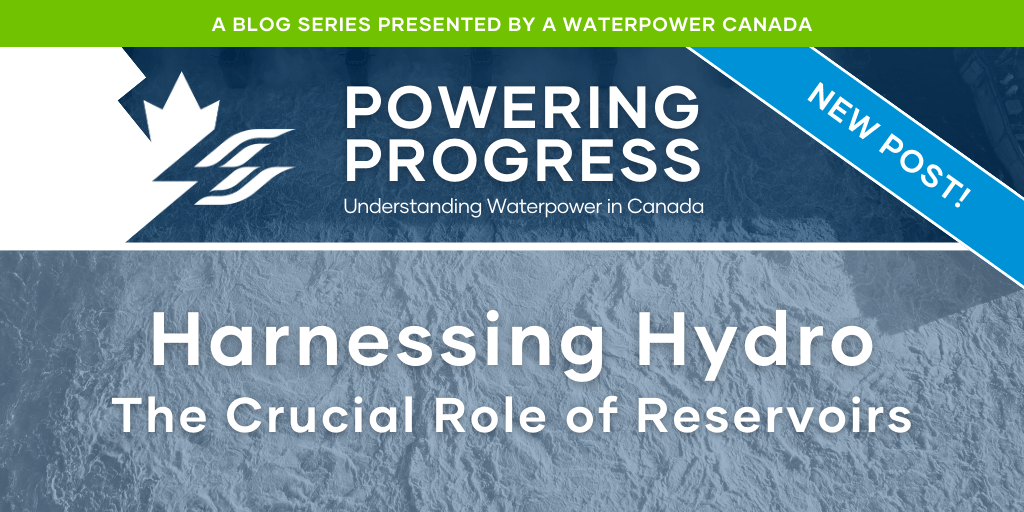Given that electricity demands vary considerably on a daily and seasonal basis, the ability of a hydro plant to time its production to meet customer needs is an important asset. This ability comes from the size of its reservoir – a facility with large storage capacity can hold water for use later.
This could be important to meet seasonal needs. Many Canadian electricity systems have their peak demand in the winter, and reservoir capacity is used to store spring runoff for use in the following fall and winter.
This capability also helps balance year over year variations in precipitation, where excesses from one year can be stored for use in a subsequent drier season.
These variations are considered by system planners when they make their decisions to import, export, or develop new energy sources to meet demands. Decisions are often based on long-term data, with decades of history available for many facilities.
Climate change is also emerging as a factor to consider, and for many parts of Canada, models indicate that annual precipitation is likely to increase.
Reservoir-based hydro, with its ability to provide long term storage and power on demand, will be an ever-increasing asset to assuring reliable electricity for Canadians.
For further information, refer to:
Reservoirs | Dams | Hydropower | Hydro-Québec (hydroquebec.com)
https://www.ouranos.ca/en/climate-phenomena/precipitation-projected-changes

